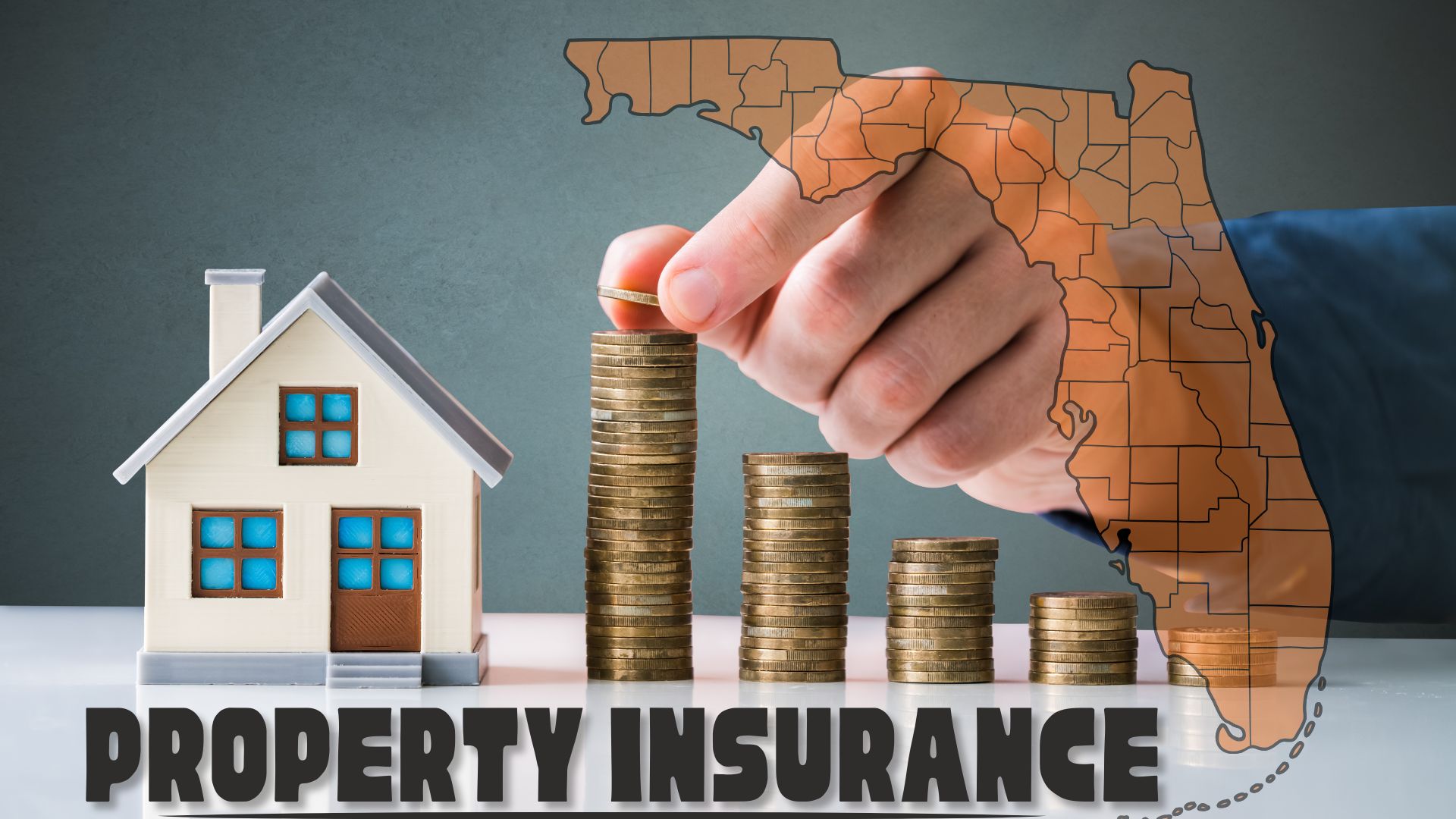Florida Property Insurance – New Players, Wildfire Risks, and Legislative Shifts
The property insurance market in Florida has long been a hot topic, and 2025 is no exception. With new insurers entering the state, wildfire hazard maps being updated, and ongoing legislative battles shaping the landscape, Floridians are witnessing significant developments. But what does all this mean for homeowners, insurers, and the future of property coverage in the Sunshine State? Here’s a closer look.
Florida Welcomes New Insurers Amid Shifting Market Dynamics
Over the past two years, Florida has seen a wave of new property insurers setting up shop, with 12 companies entering the state since 2022’s legislative reforms. The most recent addition is Apex Star Reciprocal Exchange, part of the Tampa-based StarLight Insurance Group. This uptick in new players marks a striking shift for a market that was once grappling with insolvencies and exorbitant premiums.
For years, property insurance in Florida was a nightmare for many residents. Homeowners experienced steep rate hikes, and insurers struggled with what they called the “litigation crisis.” Lawsuits over claims drove up costs, with some companies blaming legal exploitation of the state’s once-permissive “one-way attorney fee” law. That law required insurers to cover legal fees if a claimant received any settlement above the insurer’s initial offer.
This began to change in 2022 and 2023. Reforms outlawed the one-way attorney fee and other practices insurers cited as problematic, creating breathing room for companies to return to the state. The results are starting to show. Rates have shown signs of stabilizing, and companies like Apex Star are digging in.
But these reforms remain contentious. Legislative proposals in 2025 aim to restore some protections for claimants, such as recovering attorneys’ fees. Insurers argue that unraveling reforms could reverse the progress they’ve made so far. Florida Insurance Commissioner Michael Yaworsky has warned that undoing these changes could scare away insurers again, reversing the newfound stability.
Striking Challenges of Wildfire Hazards in Florida
Wildfire risk might not typically come to mind for Florida residents, but it’s a growing concern tied to the broader challenge of climate change. Regulators are now reevaluating wildfire hazard maps, which could change how insurers assess risk and set rates. These maps, based on factors like building exposure and wildfire frequency, play a significant role in determining premiums.
The National Risk Index highlights the state’s growing vulnerability. Communities with more structures, higher population densities, and natural vegetation at risk are facing increased scrutiny. The question hanging in the air isn’t just whether these maps will reshape risk designations but how they could impact affordability. Some homeowners in high-risk areas might face eye-popping premiums if their properties are categorized as more prone to wildfire damage.
For now, Florida regulators have stressed that updates to wildfire maps are more about improving accuracy than immediately influencing insurance rates. Yet, for policyholders living in wildfire zones, the updates underscore the importance of proactive decision-making, from wildfire-proofing homes to considering mitigation strategies like creating defensible spaces.
Rebates and Creative Solutions for Homeowners
Insurance innovation is showing up in unexpected ways, aiming to make the market more accessible for consumers. For example, companies such as Orion180 have rolled out programs offering rebates on homeowner policy premiums under certain conditions.
These rebates serve as an incentive for policyholders to take careful steps in home maintenance or disaster preparedness. Imagine receiving a tidy rebate check for simply installing impact-resistant windows, safeguarding roofs, or using fire-resistant building materials. These kinds of programs reflect insurers’ growing awareness of the need to partner with homeowners in reducing risks. Importantly, they also highlight how technology, data, and guided prevention can reshape the customer experience.
It’s initiatives like these that remind us insurance isn’t just a safety net for when disaster strikes. It’s also an avenue for collaboration between consumers and providers to make homes and communities safer from the start.
Despite these signs of progress, a watchful eye remains crucial. Florida’s property insurance challenges are deeply rooted, and the road to lasting stability is far from straightforward. Homeowners have much to weigh as new policies, rebates, and risk maps reshape the terrain.
For every Apex Star entering the market, there are still lingering questions about the long-term security of reduced premiums and the readiness of smaller insurers to handle the financial shocks of major disasters. According to data from past years, Florida insurers faced billions in losses due to hurricanes and lawsuits, with litigation alone adding $2 billion in costs annually.
And then there’s the consumer-side struggle. Many Floridians still lean heavily on the state-run Citizens Property Insurance Corp, the “insurer of last resort.” Roughly 1.2 million policies are held with Citizens, and even as private options grow, it’s clear the market has more rebuilding to do.
Moving Forward with Watchfulness and Practical Adjustments
What can Floridians take away from these developments? For one, homeowners living in high-risk areas would do well to stay ahead of the curve by understanding how changes to wildfire maps and laws could affect their coverage. Preventative steps like updating roofs, maintaining property safety measures, and exploring available rebates may deliver savings while cutting risks.
Likewise, consumers should keep a close eye on evolving legislation. Understanding how future legal changes may shape premium rates or claims procedures can help them advocate for fair policies.
While the reforms of 2022 and 2023 brought newfound balance to the market, the work is far from finished. Floridians will need to stay adaptable, informed, and proactive in navigating this dynamic property insurance landscape. After all, in a state known for its hurricanes, a little forethought can go a strikingly long way.


